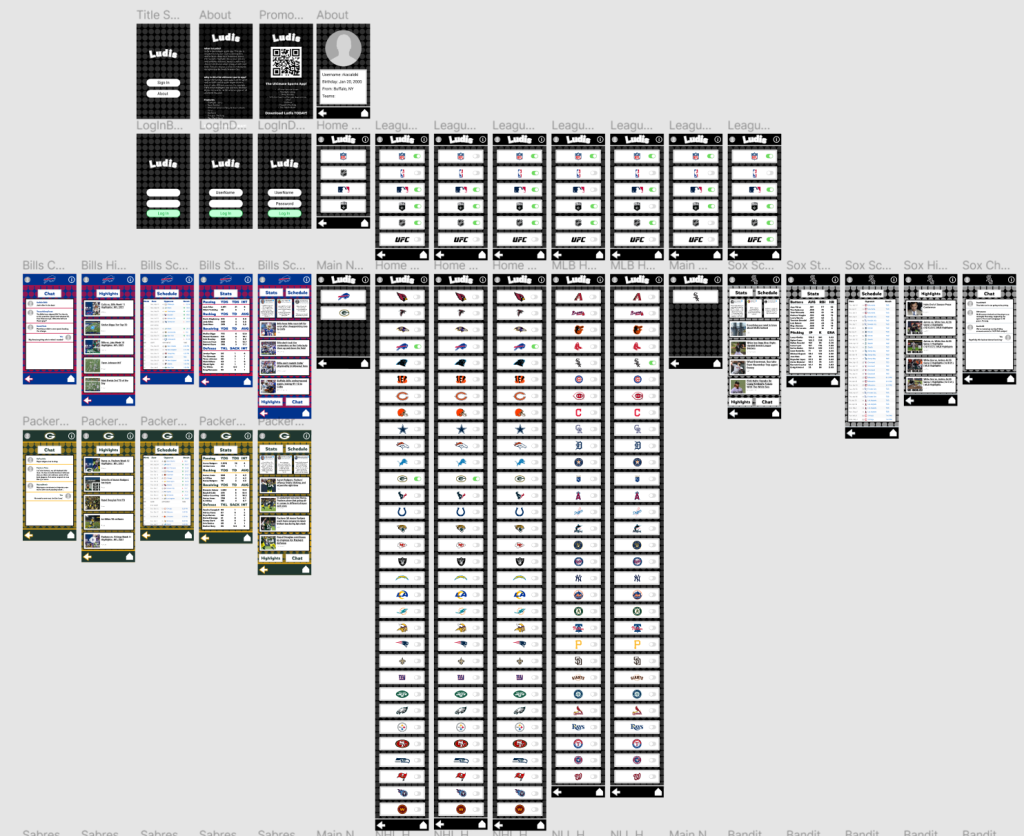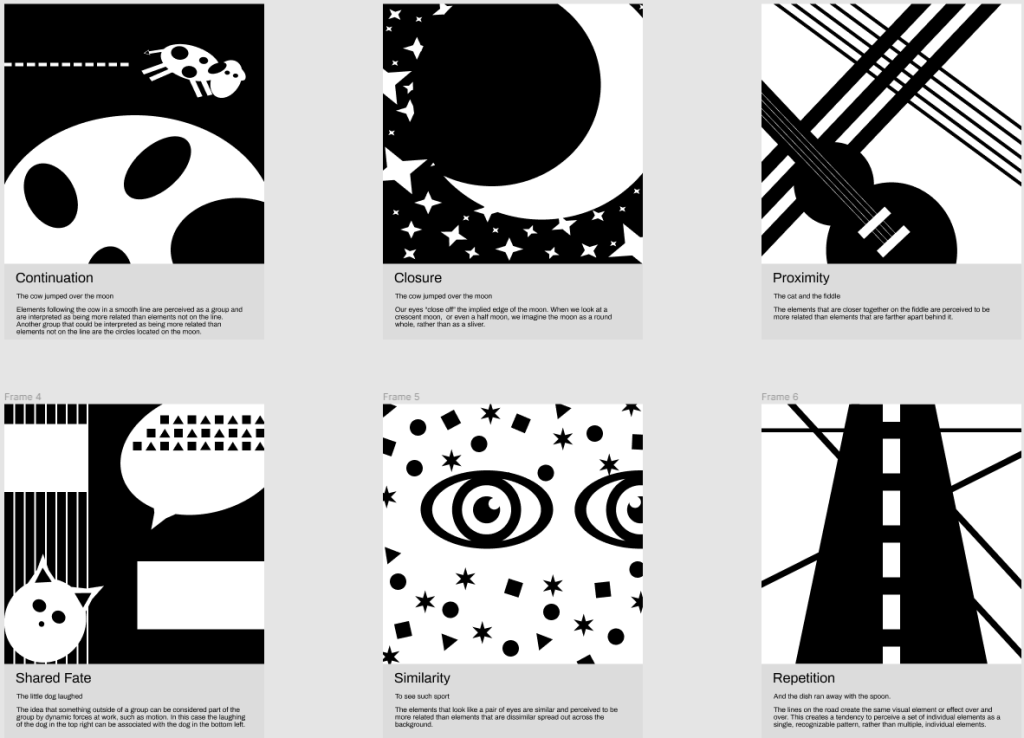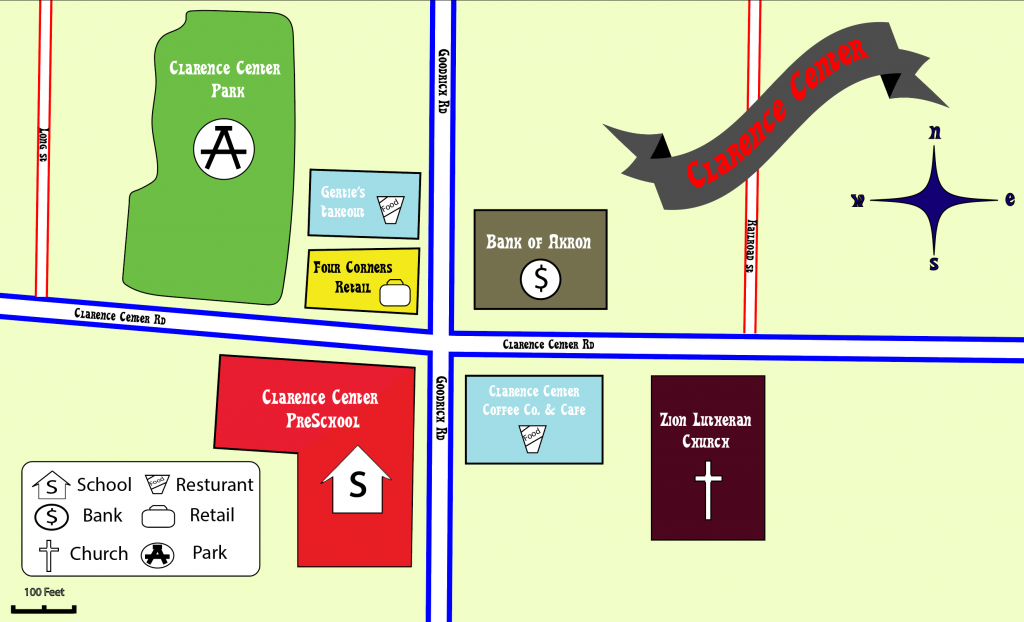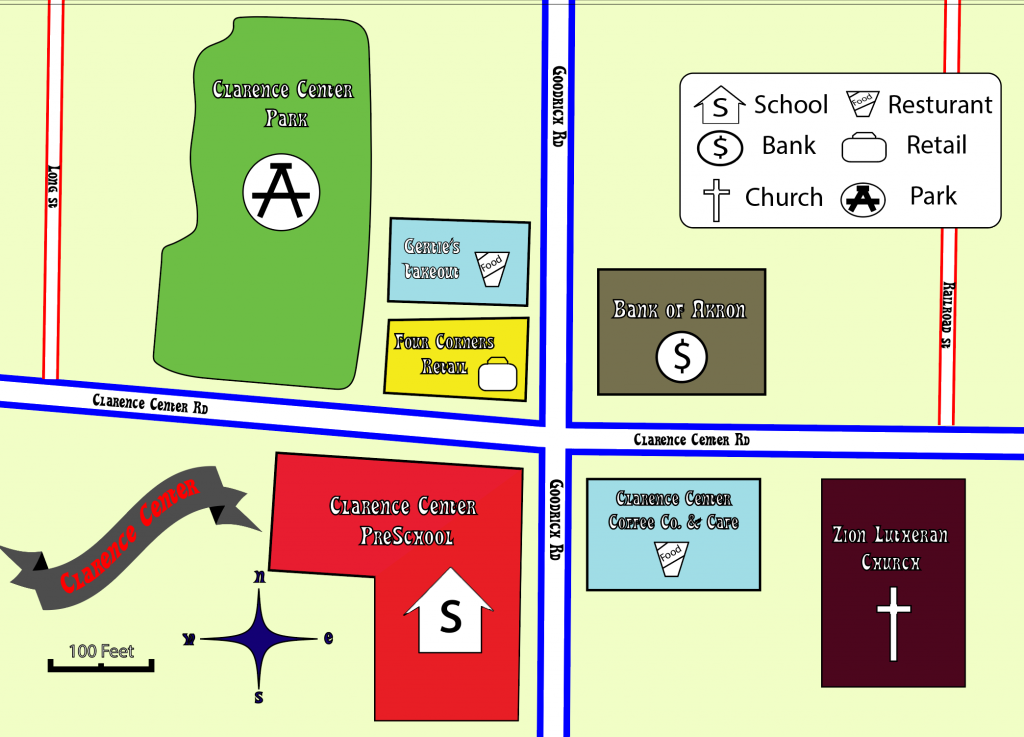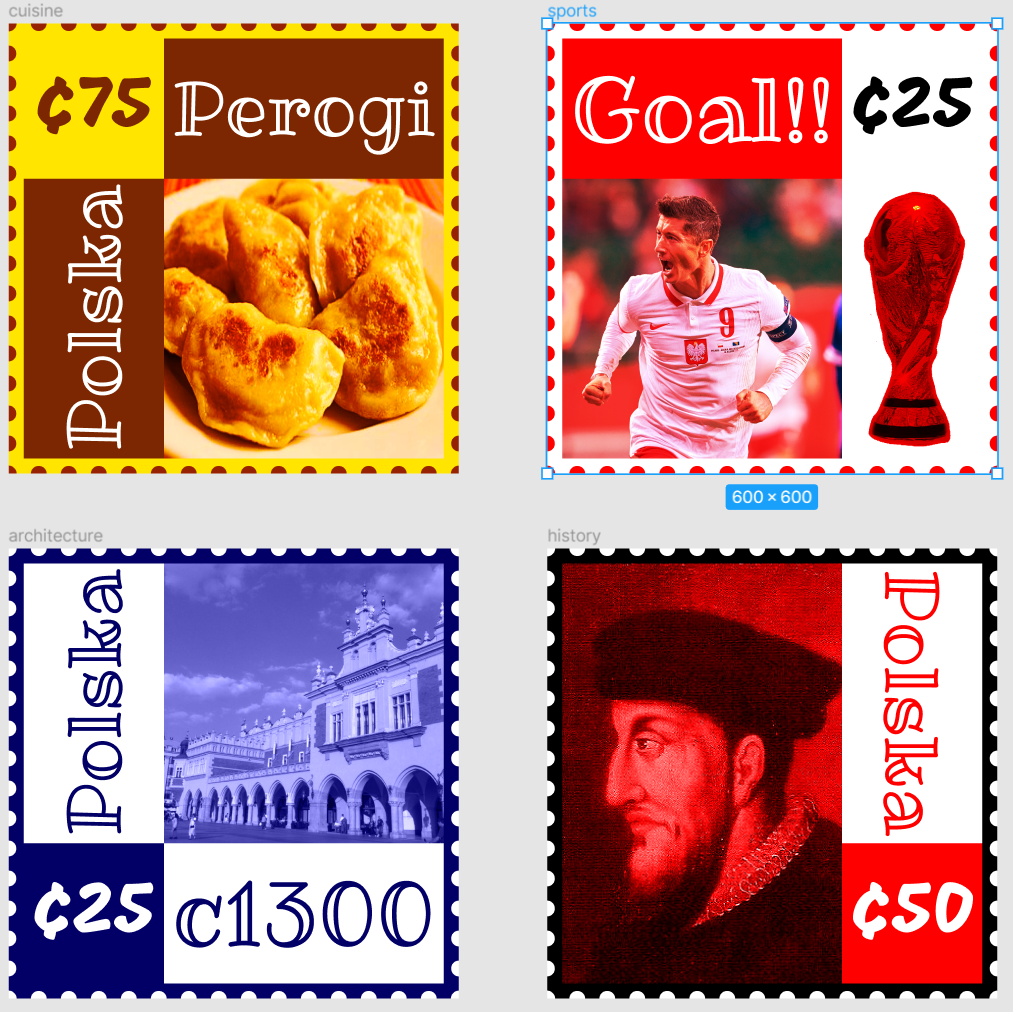
This project was a ton of fun and probably my favorite of the 4 we had to complete. In project 4 we were tasked to pick a place: a country, city, neighborhood, or important historical site, real or fictional, that you like and think of 4 cultural aspects that make up the country’s identity. Then take those 4 aspects and create stamps from them. For me I am 50% polish so I decided to use that for my project. The 4 aspects I chose was cuisine, architecture, sports and history.
Cuisine: For cuisine I went with a traditional polish dish called perogies. Pierogi are filled dumplings made by wrapping unleavened dough around a savory or sweet filling and cooking in boiling water. These are also very popular around Buffalo as we have a heavy polish population.
Architecture: For architecture I chose Cloth Hall. Cloth Hall is perhaps the world’s oldest shopping mall has been in business in the middle of Krakow’s central Grand Square for 700 years. Built c1300 a roof was put over two rows of stalls to form the first Sukiennice building – Cloth Hall – where the textile trade used to go on. It was extended into an imposing Gothic structure 108 meter long and eight meter wide in the second half of the 14th century.
Sports: For sports I chose to highlight soccer. This is because Soccer is the most popular sport in Poland (as is the case for most European countries) as well as the fact that Robert Lewandowski is the biggest sports figure in Poland. I also chose to add the world cup as that is every countries goal.
History: And finally for history I chose to highlight Sigismund II Augustus. Sigismund II Augustus Was the king of Poland from 1548–1572. I chose to highlight him due to the fact that he established the first regular postal service in Poland, which is still in service today known today as Poczta Polska. This also worked really well since we were designing postal stamps for this project.
Ultimately I am very happy with how these came out and wouldn’t change anything. Despite featuring a lot of red I still think they are all unique in their own ways. In the end as well the 2 fonts I used (Ribeye Marrow, Mogra) played off another nicely. Ribeye Marrow gave a nice aesthetic look while Mogra made the stamp costs pop.
